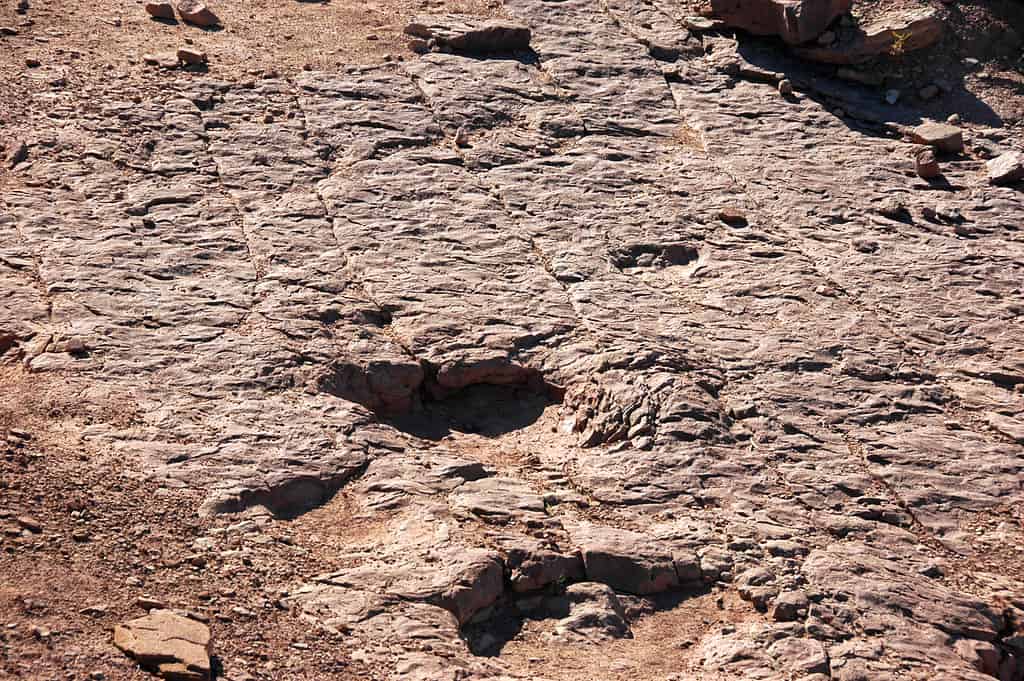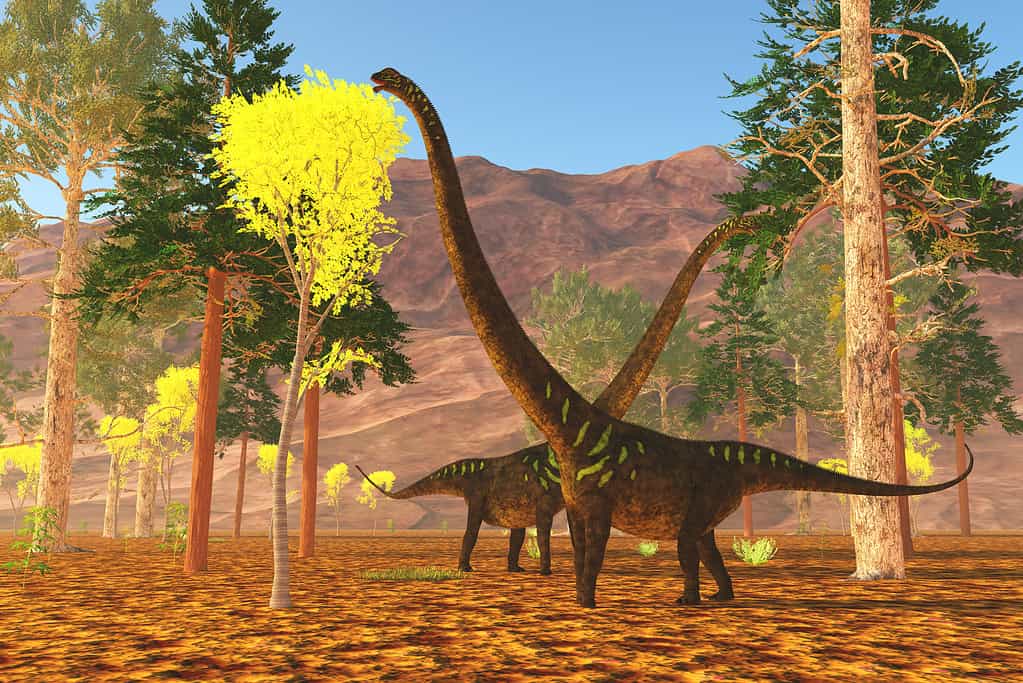In the last two decades or so, more and more information about dinosaurs has appeared. In 2016 and 2017 alone, there were three different discoveries, all reported to be the largest dinosaur footprint ever discovered until the next one was found.
Dinosaurs are amazing creatures and are deeply loved by many people, despite the relatively little scientists know about them. If you are one of the people who grew up watching Jurassic Park and taking in as much information as you could about dinosaurs, then this article is for you. Even if you’re just curious how large dinosaur feet get, you will find this article will answer your questions.
Where Was the Largest Dinosaur Footprint Found?
The largest dinosaur footprint ever discovered was found in a place known as “Australia’s Jurassic Park.”
Its real name is Dampier Peninsula. While the largest dinosaur footprint is impressive, it’s not the only evidence of dinosaurs in the area. In total, there were thousands of tracks. 150 were easily identifiable at the time the discovery was announced. These 150 tracks are grouped into 21 different species.
This makes it not only home to the largest dinosaur footprint but possibly one of the most diverse collections of dinosaur tracks in the world.
Some of the dinosaurs found in the area were ornithopod dinosaurs, sauropods, and armored dinosaurs. The prints even helped scientists discover some species of dinosaur that lived in or passed through what is now Australia that hadn’t been seen before. One such example is the Stegosaurus, which is a type of armored dinosaur.
How Were the Prints Discovered?

Sometimes, it’s hard to realize that certain marks in the rocks are actually ancient footprints.
It was a pretty amazing find. Most of the prints and fossils along the rocks are only visible at low tide.
The study began after a nearby area was chosen to be a site for a liquid natural gas processing precinct. However, the Goolarabooloo people in the area knew about the prints and contacted a team of fossil experts to ask them to look over the area first.
Indigenous representatives, scientists from Queensland University, and scientists from James Cook University worked together on the site. They discovered and documented thousands of prints over 400 hours.
How Large Is the Largest Dinosaur Footprint Ever Discovered?
The footprint in Australia in 2017 measured just under 5 feet 9 inches (1.75 meters). Before that, the largest footprint found measured about 3 feet 9 inches (1.15 meters). That footprint was found in Bolivia.
However, though the print in Bolivia is no longer the largest footprint ever discovered, it still holds a title. The footprint measuring 3 feet 9 inches was made by a carnivore. However, the footprint that was just found in Australia is made by an herbivore.
That means, that the Bolivian footprint still marks the largest carnivorous dinosaur footprint to be discovered at this moment. That footprint was found in July of 2016. The size difference between that print and the one found in 2017 shows scientists and dinosaur lovers that there’s still much to discover about these ancient beasts.
Also in 2016, the (now) second-largest herbivore dinosaur footprint was discovered in the Mongolian Desert. It measured just under 3 feet 4 inches (1.06 meters).
What Dinosaur Made the Footprint?

An example of what some sauropods might have looked like.
©CoreyFord/iStock via Getty Images
It’s believed that a Sauropod made the footprint. Sauropods, for those that don’t know, are a type of long-necked herbivore. The most commonly known sauropod is likely the Diplodocus.
The exact type of dinosaur that made the footprint isn’t known. However, the scientists are positive that it belongs to some long-necked, four-legged dinosaur that fits into the Sauropod group.
The photo featured at the top of this post is © Rattana/Shutterstock.com
Thank you for reading! Have some feedback for us? Contact the AZ Animals editorial team.







